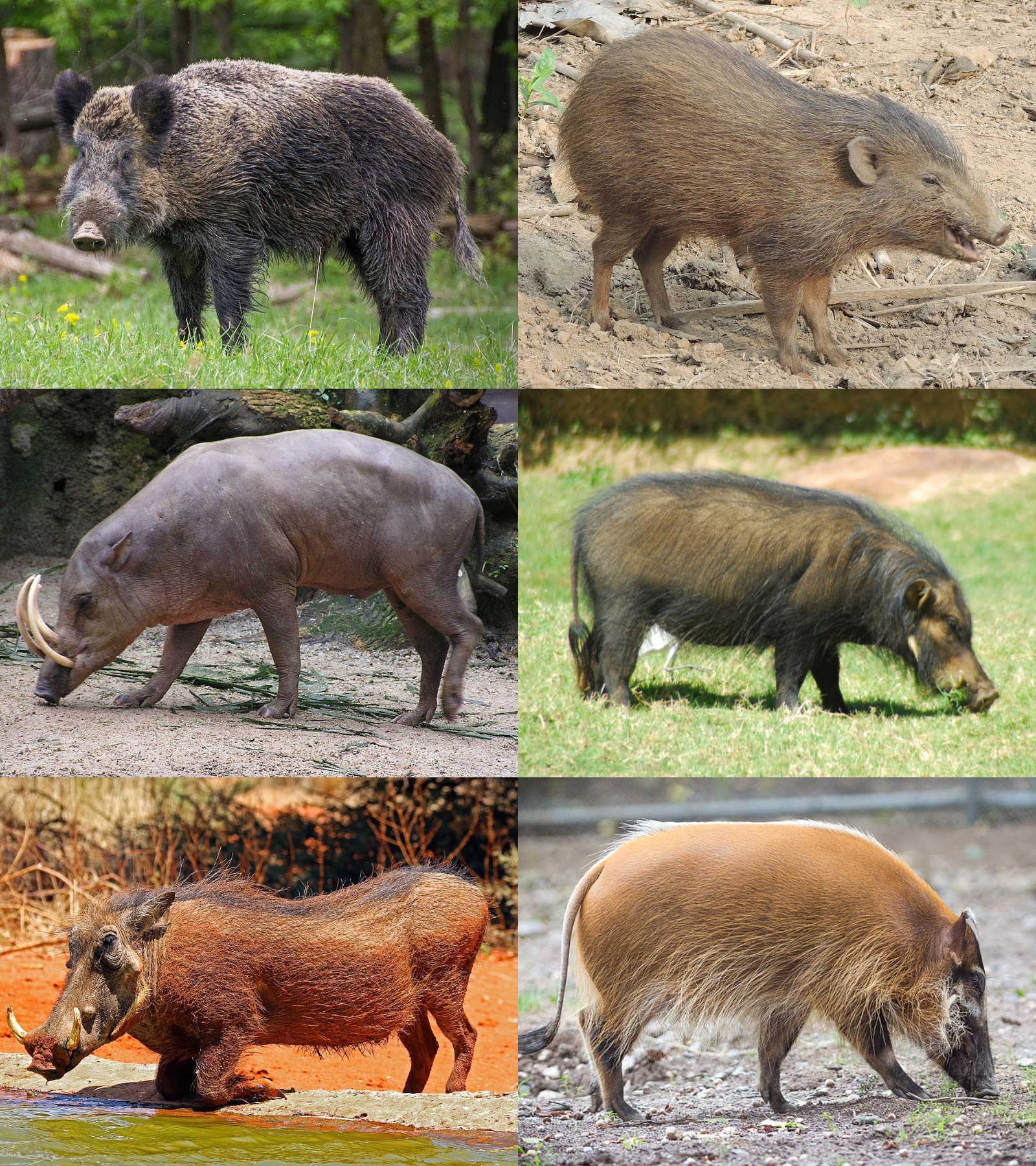The domestic pig, a staple of farms and a key player in global agriculture, is more than just a familiar face in rural landscapes. Scientifically known as Sus scrofa domesticus, this animal has a fascinating background that links it directly to its wild ancestor—the wild boar, or Sus scrofa.
A Look Into Scientific Naming
The scientific name Sus scrofa domesticus reflects the pig’s taxonomic classification in the animal kingdom. The genus Sus includes pigs, hogs, and boars, while scrofa specifically refers to the wild boar species. By adding “domesticus,” scientists distinguish the domesticated version of the animal that we raise on farms today. This naming structure not only identifies the animal biologically but also provides insight into its origins and evolutionary history.
From Wild Boars to Domestic Pigs: A Long History
Domestication of pigs dates back approximately 9,000 years, with evidence pointing to early pig taming in both China and the Near East. Early humans began domesticating wild boars for practical reasons—meat, leather, and even companionship. These wild boars were gradually bred for desirable traits such as docility, faster growth rates, and adaptability to human environments.
Over time, selective breeding led to significant physical and behavioral changes. Domestic pigs became more sociable, easier to manage, and better suited to life in confined spaces like pens or barns. Their appearance also changed—shorter snouts, curlier tails, and lighter skin tones began to emerge, making them easily distinguishable from their wild cousins.
How Are Domestic Pigs Different From Wild Boars?

Though genetically similar, domestic pigs and wild boars differ in many ways:
-
Temperament: Wild boars are aggressive and territorial, whereas domestic pigs are generally calm and social, especially when raised in a group.
-
Appearance: Wild boars are covered in dark, coarse hair and have long, pointed snouts. Domestic pigs are often pink or spotted and may have smoother skin and shorter snouts.
-
Behavior: Domestic pigs are used to human contact and routines, while wild boars remain highly independent and cautious of people.
-
Diet: Both animals are omnivores, but domestic pigs are typically fed a controlled diet that enhances growth and health.
Despite these differences, interbreeding between the two is possible, and in some regions, wild boars have mated with escaped domestic pigs, creating hybrid populations.
The Role of Pigs in Modern Agriculture

Today, domestic pigs are among the most important livestock species in the world. They are raised for their meat—primarily pork—and also provide valuable by-products used in medicine, cosmetics, and food processing. Pigs are highly efficient animals, converting feed into protein faster than many other livestock species.
Their intelligence and social nature have also made pigs subjects of interest in scientific research and education. Pigs are known to be curious, emotionally responsive, and even capable of problem-solving, which has led researchers to draw comparisons between pigs and dogs when it comes to cognitive abilities.
Why Understanding Their Origins Matters
Recognizing the domestic pig’s scientific name and evolutionary background helps deepen our appreciation for this remarkable animal. It also reminds us that the creatures we often take for granted on farms have a deep-rooted history tied closely to the natural world.
By understanding how Sus scrofa domesticus evolved from the wild and adapted to human life, we gain insight not only into animal biology but also into the broader story of human civilization—how we shaped the animals around us, and how they, in turn, shaped our societies.
So the next time you see a pig on a farm or read about pork in a recipe, remember: you’re looking at a creature with ancient origins, an impressive evolutionary journey, and a name that tells a story—Sus scrofa domesticus, the domestic pig.



